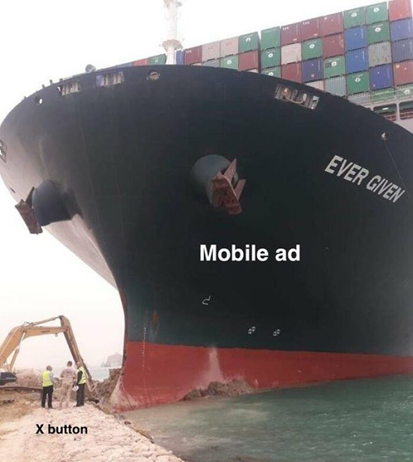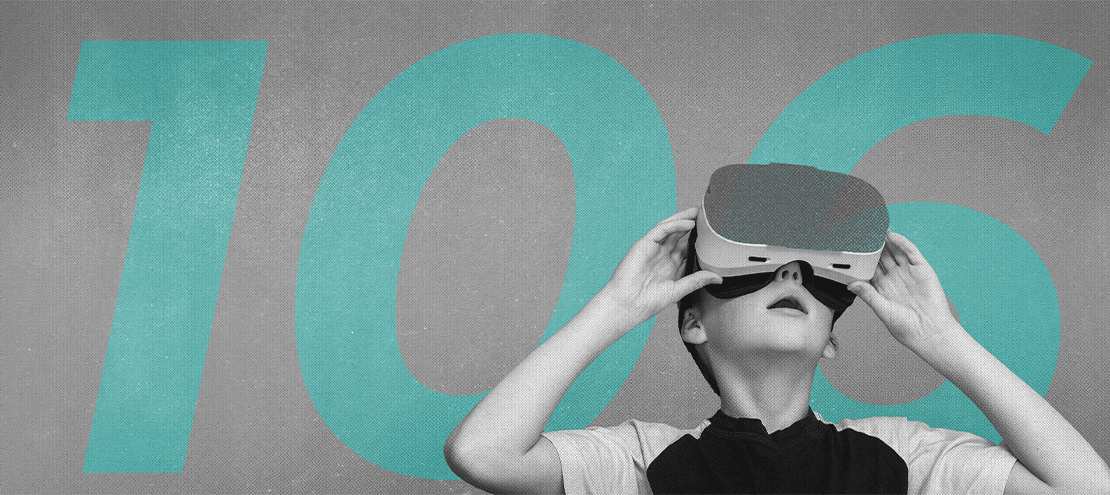What’s in this article:
- The 6th installment of PostFunnel’s Relationship Marketing series
- A look back at how marketers adapted to a “mobile first” approach that requires all content and services to be smartphone friendly
While the internet may have gained mainstream popularity in the ’90s, the new millennium’s first decade accelerated its use in everyday life. Commercial availability of Wi-Fi technology, nascent social media outlets like MySpace and Facebook, and the launch of the iPhone all took place within a few years of each other, creating a digital revolution.
After centuries of establishing brand identities and building customer relationships, marketers find themselves in a modern era defined by always-connected mobile devices and a dizzying array of marketing channels. At the same time, consumers have an unprecedented level of control over the media they consume. As a result, marketers often have only a few seconds to reach their audience, so every moment needs to count. In this installment of Postfunnel’s Relationship Marketing series, we’ll explore how marketers adapted to this new environment.
Become the best CRMer you can:
CRM Hack: Monitoring the User’s Heartbeat
What Does It Mean to Treat a Customer’s Email With Respect?
To Lock or Not to Lock Customers (into CRM Journeys)
What the Efforts to Promote Responsible Gaming Look Like Form the Inside
Goin’ mobile
By 2020, over 3.6 billion people owned smartphones worldwide, a number likely to reach 4.3 billion by 2023. As of 2021, 72.7% of the population in the United States have smartphones. Consumers now spend more time staring at smartphone screens than televisions, and it’s easy to see why: these incredible handheld marvels act as a hub for entertainment, communication, and almost anything else the average person might need.
Want to check the weather? Why turn on the TV or even look out the window when weather apps are just a tap away? Track calories, log workouts, manage schedules, get the news, marathon a season of your favorite show, host a conference call, play an online multiplayer game — these tiny devices can do all of that and more.
The smartphone takeover hasn’t just affected how people communicate with each other; it changed the way businesses connect with consumers. To reach potential customers where they spend the most time, brands shifted to a “mobile first” approach that requires all content and services to be smartphone friendly. Even services that don’t use apps are optimized to load quickly, often utilizing mobile payment solutions like Apple Pay or Google Wallet for seamless checkout experiences.
Marketers have followed suit by finding creative ways to integrate smartphone-specific features. These include interactive experiences that take advantage of the touchscreen display, highly targeted campaigns that use location data and mobile histories, and rewarded ads that provide a value exchange within mobile games and apps. One particularly clever example is a Samsung ad that leveraged real-time battery data to promote its quick-charging new device.
While marketers were figuring out how to thrive in a mobile-driven environment, consumers were doing what they do best: making memes, starting dance crazes, sharing viral trends, and mastering their smartphone cinematography skills.

From status updates to vibe checks
While MySpace, Facebook, and Twitter all had different design principles, these early social media channels had one thing in common: they encouraged users to focus on text-based content, often in the form of updates about their day-to-day lives. The ability to add other types of media existed but was rarely utilized due to the painstaking nature of taking and uploading decent-quality photos and videos to a computer. Instead, we saw posts like this one from an up-and-coming performer.

Fast forward to 2021. Today’s social media looks… a little different.
@sushisaidMisheard lyrics w/ @gusgusinthecity & @kingsturge #animal #dogs #pets #yougonnafinishthat #lyrics♬ original sound – Sushi the Dog
Active users, particularly those in Generation Z, turned to visual mediums like Instagram, Snapchat, and TikTok to express themselves through photos and videos. This trend goes hand-in-hand with increased smartphone penetration and improved technology, as anyone can now take high-quality photos or record HD video and share it on social media in seconds. Savvy social media users can even edit photos, add augmented reality filters, include music and motion graphics, and stitch together video clips to make a monologue look like a conversation.
career advancement pic.twitter.com/RmVYGsMGwt
— leslee, trailer treasure
(@leslee_annsh) April 15, 2021
Parallel to the rise of social media, YouTube’s audience grew to nearly two billion viewers worldwide. Podcasts became lucrative advertising destinations in both video and audio formats. Meanwhile, new challengers like Twitch found space to grow and thrive. With millions of daily active users, Twitch makes celebrities and millionaires out of those clever enough to monetize their hobbies. Its audience is highly engaged, making popular content creators ideal partners for sponsored content (or #sponcon).
As each channel becomes an online community, it’s not enough to find potential customers on the internet. Marketers also need to know how to communicate with audiences, and there is no shortage of “languages” to choose from. The standardization of emoji keyboards in mobile operating systems became a universal shorthand that translates meaning with a single image. Meme use slowly became a language in itself, communicating complex ideas at breakneck speed with seemingly unrelated images.
For an example of how meme culture works in 2021, one needs only to look at these images that appeared within days of the Even Given blocking the Suez Canal.
pic.twitter.com/Mmggh2Yh6E
— Tanushree Rao (@tanushrao) March 25, 2021


In order to keep up with millennials and Gen Z, who represent trillions of dollars in buying power, marketing pros became fluent in six million forms of communication. Memes, hashtags, trending topics, news headlines, viral stars — marketers need to know everything. The payoff, however, is immense — fostering an engaged following is directly tied to consumer loyalty that sustains brands in the 21st century.
Turn off, tune out
Unlike preceding generations, today’s consumers have near-complete control over the media they consume. They can skip ads on YouTube, fast-forward through commercials on their DVRs, pay a few extra bucks for ad-free options on websites, apps, and streaming services. Many even utilize ad blockers. Marketers can’t rely on traditional paid advertising campaigns to stay afloat, so forging genuine connections is more important than ever.

Ultimately, the end goal for marketers in 2021 is the same as it always was: creating meaningful customer relationships that drive sales. The technology evolved, the lexicon expanded, and consumer expectations changed, but relationship marketing is still the best way to achieve this result.
What will the future of relationship marketing look like? No one knows for sure, but we can speculate in next month’s final installment of Relationship Marketing.
The post Relationship Marketing 106: So Many Channels, So Little Time appeared first on Post Funnel.


